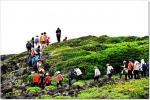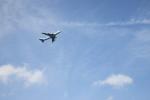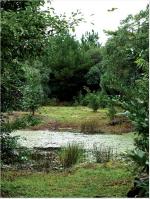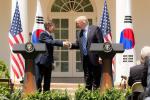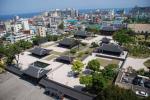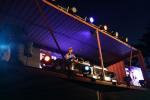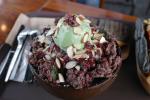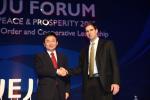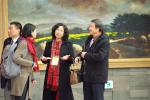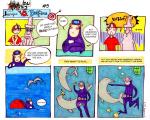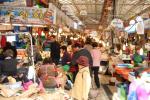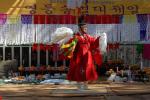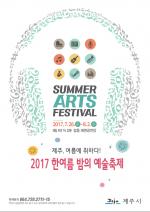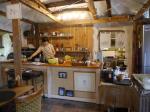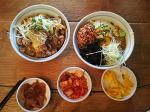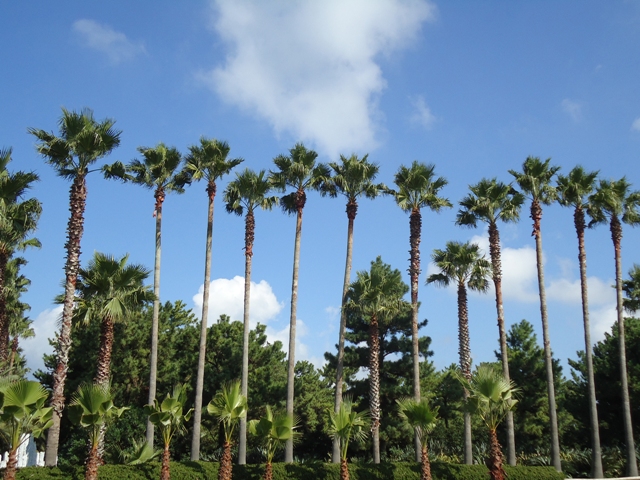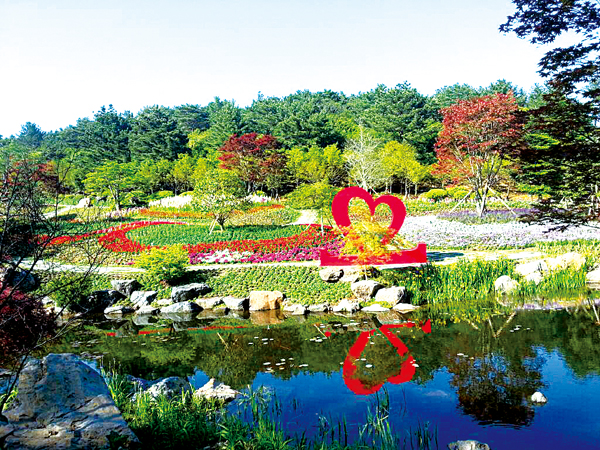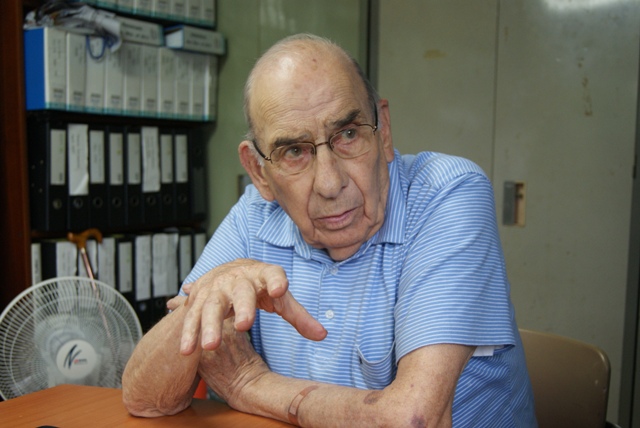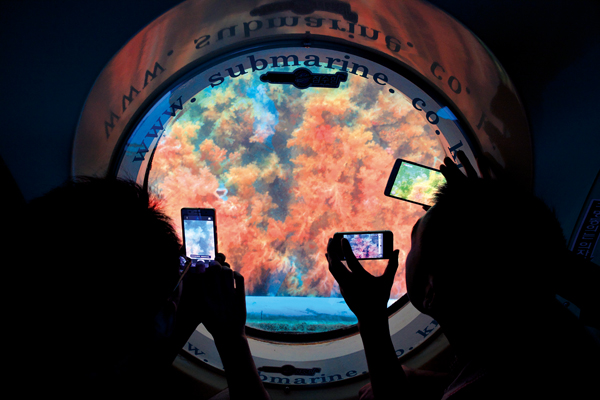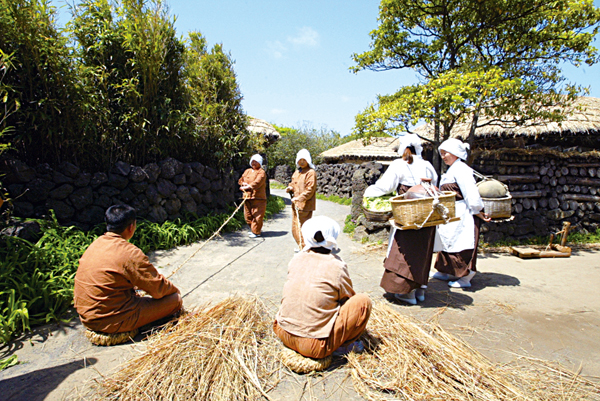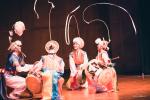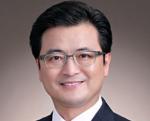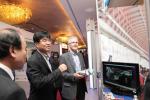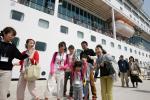| |
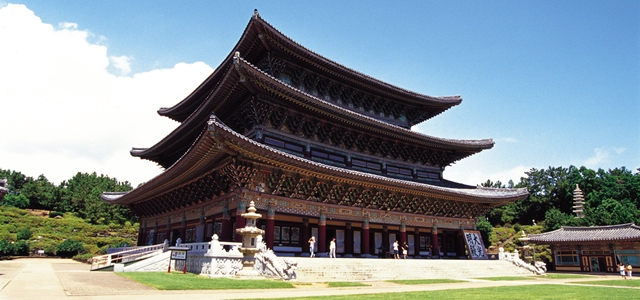 |
|
| |
Templestay tourism is growing in Korea. Busy and stressful lives are leading people to seek ways to relieve their stress and practise unattachment. Korean Buddhist temples are usually located in rural areas, surrounded by nature as Buddhist monks endeavor to rise above the everday world and cultivate enlightenment in these quiet natural places.
The other boom in modern Korea is the hunger for healthy and organic foods and temple foods are well-known for being vegetarian and heathy due to Buddism’s prohibition on killing animals and monks use of fresh ingredients. Therefore, temple food doesn’t use meat, chemicals or artficial flavors. There is widespread interest in Buddhist philsophy among expats and tourists and news of the benefits of templefood is quickly spreading.
According to official records, Buddhism first arrived in Korea from China during the reign of the Goguryeo King, Sosurim (371-384). Buddhism arose in India in the 6th century BCE, and due to this there are differences in how Buddhism is practised between cultures.
| |
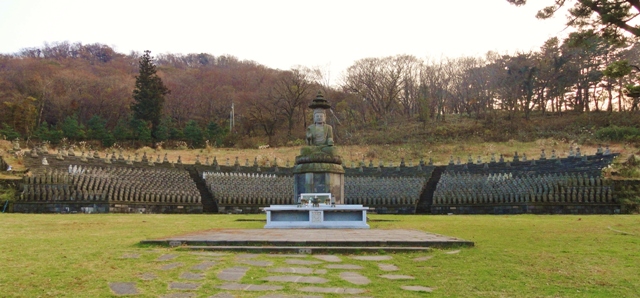 |
|
| ▲ Buddha statue at Gwaneumsa. Photo by Mary Rager |
In Korea, the Goryeo King Taejo (918-943) was influenced by the Doseon philosophy which mixed elements of Buddhism and Taoism, such as Yin and Yang, the Theory of the Five Elements and the theory of divination based on topography. The king also wanted to rule the country with Buddhism as the core religious belief, so he promoted Buddhism through teaching, opening religious ceremonies and building temples and stone pagodas.
However, under the Joseon Dynasty Buddhism began to be suppressed as many felt it had become currupted due to the support of several former kings. The Joseon Dynasty installed Confucianism as the national philosophy instead. Eventually, the Joseon King Sungjong (1469-1494) abolished the Buddhist monk registration system altogether and Buddhist monks were driven into hiding in remote places due to suppression by Joseon authorities. Buddhism suffered for 500 years under the Joseon Dynasty.
| |
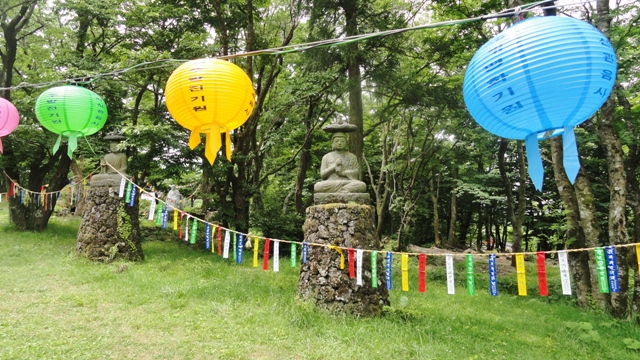 |
|
| ▲ Lanterns at Gwaneumsa. Photo by Mary Rager |
Jeju has three temples that offer the temple experience to all-comers. Please contact each temple for availability.
Gwaneum-sa
Gwaneum-sa is located at a height of 650 m on the slopes of Mt. Halla. This temple is the headquarters for the Buddhist Jogye Order’s 23rd Diocese, which manages over 30 temples. According to oral tradition, Goryeo King Munjong established the temple, and records show it existed during the Joseon Dynasty. When the Joseon leaders promoted Confucianism throughout the Korean Peninsula, this temple was almost destroyed in the purge. It was built in its present form by the monk Anbongryeogwan after he prayed for three years in 1908. This temple was also burned down by the Korean Army during the April 3 Massacre. There are beautiful scenes with several statues of stone Buddhas lining the Jeju stone wall with cedar trees.
Address: 387 Ara-1 dong, Jeju City,
Contact: 064-724-6830
Website: http://www.jejugwaneumsa.or.kr/
View Larger Map
Gwangmyeong-sa
Gwangmyeong-sa is located near Cheonjeyeon Waterfall and Jusangjeolli columnar joint area in Jungmun, Seogwipo City. It was first named Chunjeam and was built by the monk Bangdongwha, who led the Muohbubjungsa Japan resistance movement in 1918 before joining the March 1 Independence Movement against Japanese tyranny. Its 100-year history is short compared to other temples; however, it importantly symbolizes the spirit of Korean independence. This temple is surrounded by the stories of Jeju’s birth represented by the columnar joints and there are also depictions of Taoist fairies at Chunjaeyeon Waterfall.
Address: 2273 Jungmun-dong, Seogwipo City
Contact: 064-738-2452
View 2273 Jungmun-dong (51 Jungmunsang-ro17beon-gil) in a larger map
Yakchun-sa
Yakchun-sa in Seogwipo City belongs to the Jogye Order and its name means ‘spring remedy.’ The spring water here is considered medicinal and people traditionally it for their health and to cure their ailments. The temple is specially designated by the Ministry of Culture and Tourism for its traditional multicolored paintwork on the wooden structure, in addition to the biggest wooden Birojana Buddha in Korea, a wood-engraved portrait. This temple is on Olle Trail 7, which connects with Gangjeong village. It has an English-speaking monk who can explain more about the temple experience to visitors. Occasionally this temple receives expats who want to experience temple life.
Address: 1165 Daepodong, Seogwipo City
Contact: 064-738-5000
Website: http://www.yakchunsa.org/
View Larger Map
|



